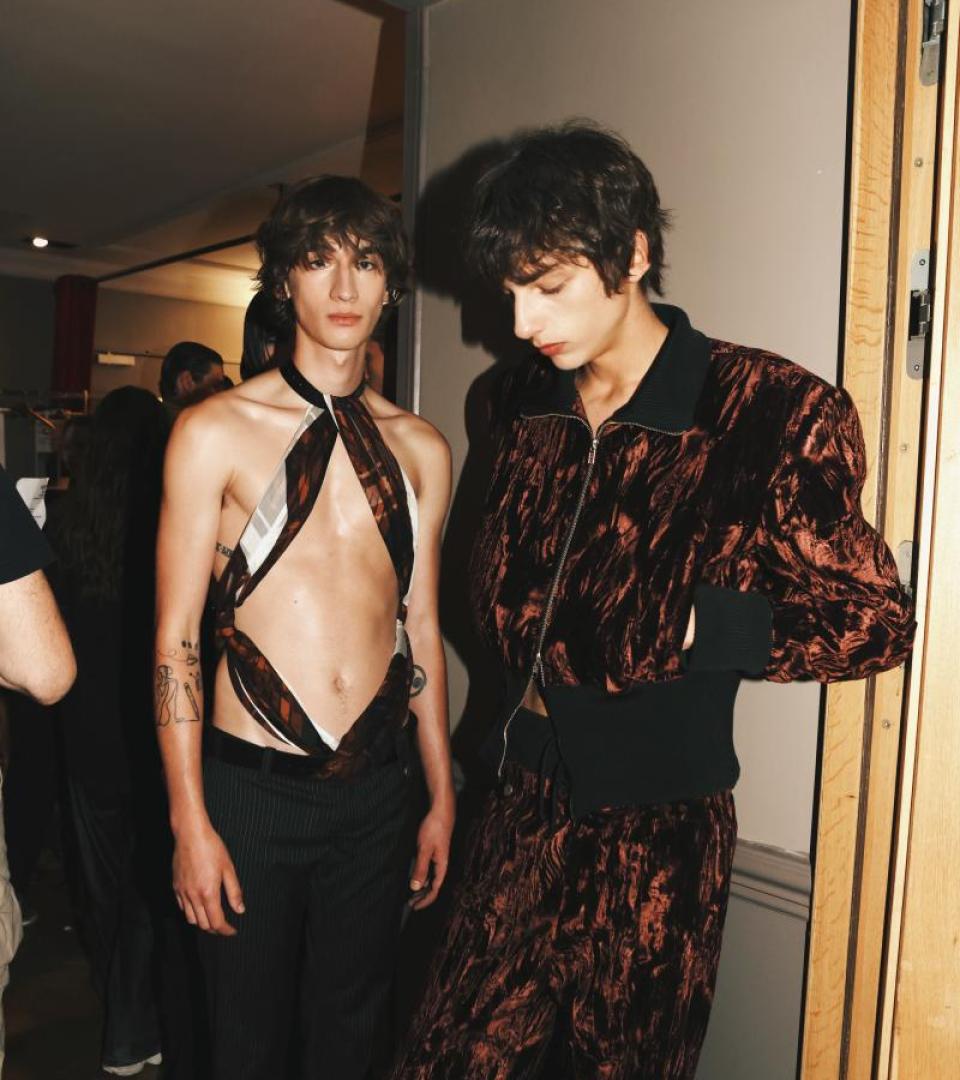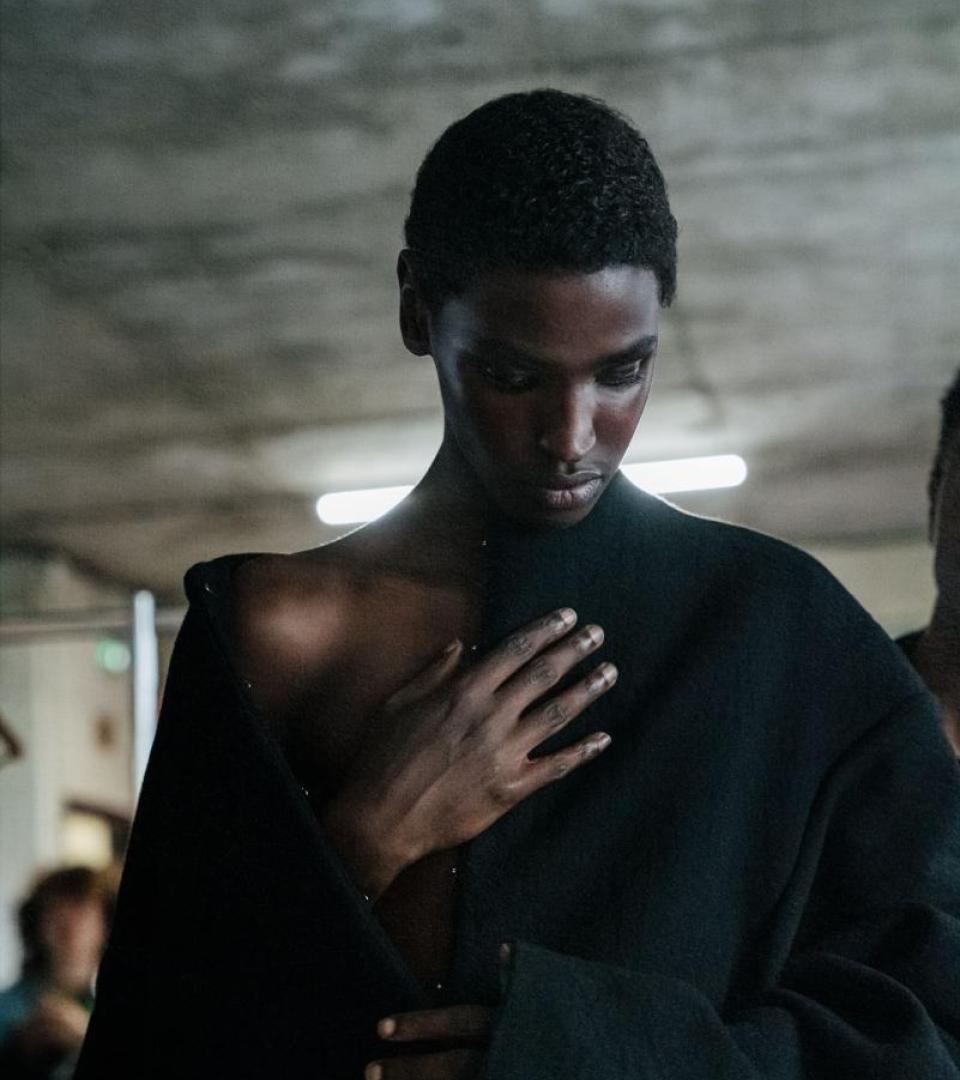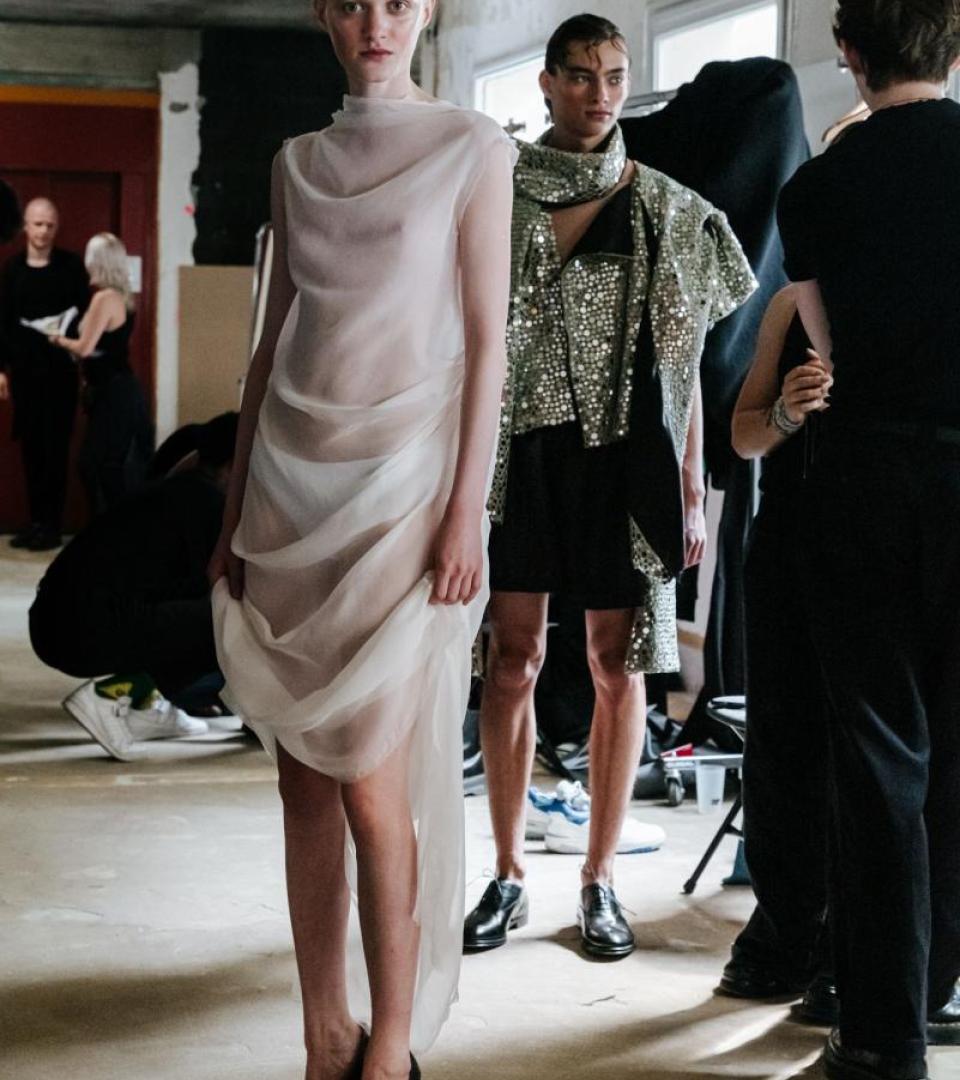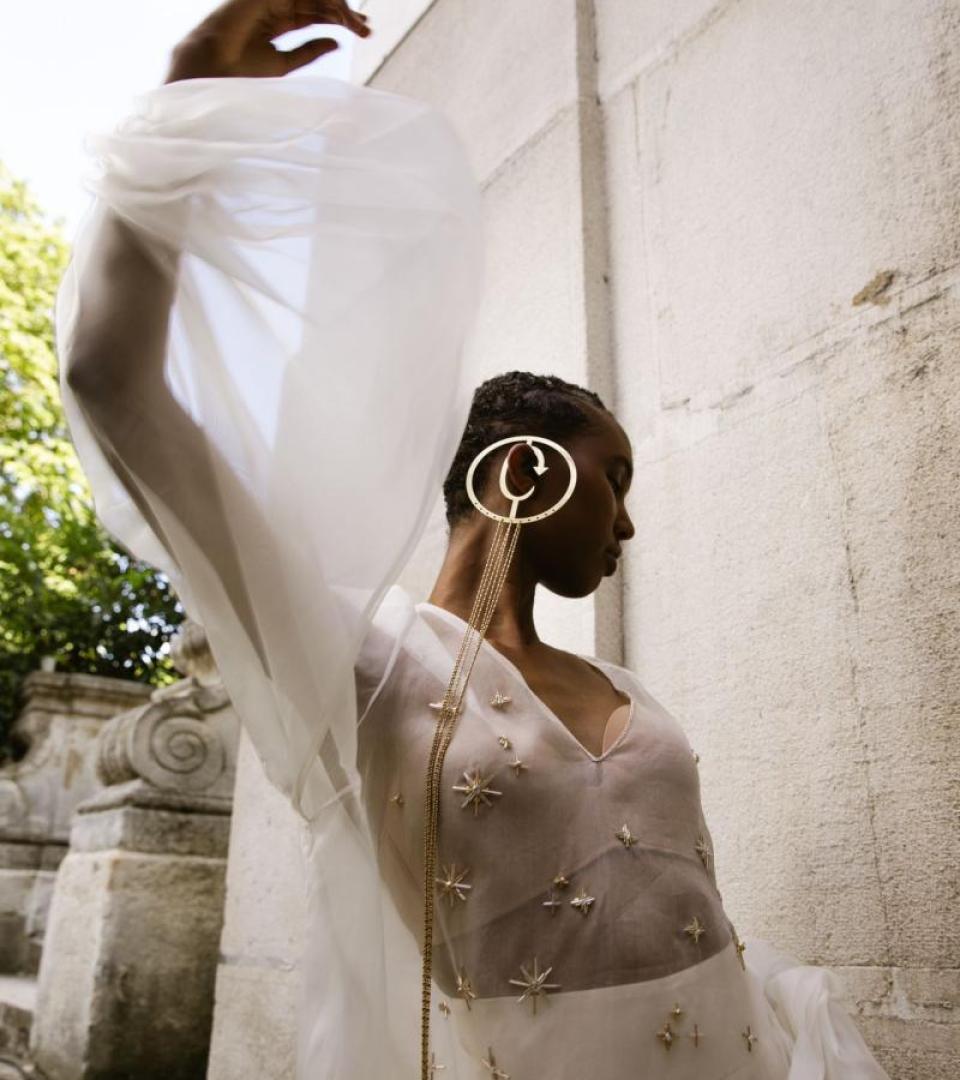A Feel For Fashion : Daria Shapovalova & Natalia Modenova, Dress X
Their visionary and pioneering mindset has led entrepreneurs Daria Shapovalova and Natalia Modenova to become a guiding light in the realm of digital fashion, still unfamiliar to many. Their successful DRESSX project it is not just a "Metacloset" of digital-only clothes, NFT fashion items and AR looks; it is the world's largest digital fashion store targeting Gen Z and Millennials who demand new shopping solutions. Already, the two founders have been recognised with various awards from both the fashion industry and tech world.
In what ways are you seeing progress in fashion mirroring progress in the wider world?
Daria Shapovalova: Fashion and the wider world have always been intertwined, with fashion reflecting progress and embracing positive changes in the society. Technological advancements have brought a wave of innovation to the fashion industry. With augmented reality (AR), virtual reality (VR), and digitalisation, we're witnessing new possibilities – developing clothing production, enriching shopping experiences, and fueling creative exploration. Recently, sustainability and ethics have taken centre stage in fashion. People are becoming more aware of the environmental impact of their choices, and fashion is stepping up to the challenge. From eco-friendly materials to fair labour practices and transparent supply chains, the industry is aligning with societal concerns, embracing a greener and more ethical future. Inclusivity and diversity are also gaining momentum. Fashion is celebrating the uniqueness of individuals and embracing diverse cultures, body types, and identities. There is a growing demand for fashion that caters to a wide range of consumer needs, which results in more inclusive sizing, adaptive clothing, digital fashion, and increased representation of underrepresented groups.
Natalia Modenova: The digital revolution has played a pivotal role in transforming the fashion landscape. E-commerce, social media, and influencer marketing have revolutionised how we discover, purchase, and engage with fashion. The transformation of traditional fashion into its Metaverse counterpart, which we call “metafashion,” happened and continues to happen very naturally, supporting the overall change in how we live and explore the world around us. Digital assets were in place in gaming for a while; but the game is actually changing and we already became “the avatars of ourselves” in the multiple social media channels, messaging and streaming services. The growth of people’s online presence and digital lives through social media and video calls created a demand for digitally native features, which naturally would also mean digital clothing. The pandemic has accelerated the growth of the digital fashion industry by highlighting the issues – of sustainability in fashion, overproduction, and overconsumption, as well as an increased online presence forced by the spread of covid and lockdowns. Digital fashion was born as a solution for several main problems of the industry, with sustainability being at the very core of the concept. Ultimately, fashion has always been a powerful means of self-expression. It reflects and responds to societal shifts in attitudes, values, and cultural movements. Fashion trends are not just about clothing; they embody changing perceptions of beauty, challenge traditional gender roles, and encapsulate evolving social norms.
If you could change one aspect of how we experience fashion today, what would it be?
NM: Without a doubt, we would update the traditional industry processes with the recent technological advancements, to empower creativity and allow fashion to become more sustainable without losing its newness, excitement and fun. Imagine being able to play with digital outfits, mix and match styles effortlessly, and express yourself without relying on physical garments. By reducing our reliance on physical garments and embracing virtual outfits, we can significantly minimise waste, energy consumption, and pollution associated with traditional clothing production. Digital fashion allows us to create, experiment, and style without the need for physical production, transportation, or disposal of garments.
DS: We anticipate that, in the future, every fashion brand, regardless of their style or price point, will have a digital fashion line, just like how high-fashion luxury brands offer perfumes or accessories. Digital fashion offers a more accessible and eco-friendly way for customers to experience luxury fashion, while still providing a sense of exclusivity and excitement that comes with wearing designer pieces in a digital space. With digital fashion, we can create immersive virtual experiences and reduce the need for physical production and waste. Let's reimagine fashion with creativity, fun, and a focus on the planet!
What stands out as the most potentially disruptive influence on fashion in the near future?
DS: In our opinion, in the future the most exciting and disruptive influence on fashion will come from the combination of innovation, digital revolution, augmented reality (AR), and artificial intelligence (AI). Digital fashion is already changing the game by offering virtual clothes and accessories that can be worn and shared online. Now, with AR technology, customers are able to try on virtual outfits in real-time using their smartphone. We are basically bringing digital fashion into the physical world, transforming the way people experience fashion. Recently, AI has been making waves in fashion by personalising recommendations and fitting experiences. At DRESSX, we are integrating AI into our technology to enable digital fashion dressing to be performed as fast as possible, improving the digital fashion experience and taking it to a whole new level. This virtual fitting technology will not only enhance your shopping experience but also reduce the need for physical try-ons and returns, making fashion more convenient and sustainable.
NM: Although we believe that metafashion will shape the future of the fashion industry, we acknowledge that digital fashion cannot fully replace physical clothing in its current form. Physical clothing will still be necessary as long as physical life exists. However, at DRESSX, we aim to substitute a minimum of one percent of traditional physical clothing (150 billion pieces produced annually) with digital alternatives for instances when consumers purchase clothing for content creation or their online presence, such as video calls and online conferences.
This interview has been lightly edited.



